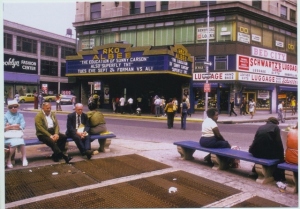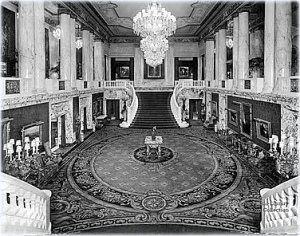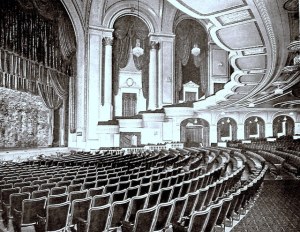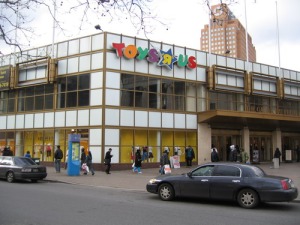Leonard Grunstein, Managing Member at Hanlen Real Estate Development & Funding, has published an op-ed piece in the Gotham Gazette, contributing his thoughts on the newly proposed affordable housing plan for New York City.
While Grunstein believes the plan to be a very detailed and progressive means of solving the city’s housing problems, he also suggests a more cost-effective solution – the current plan costing an estimated $41 billion with $8 billion coming from city funds.
Grunstein’s suggestions are outlined in a five-point plan, meant to solve a growing housing crisis and save New York City money in the process. The first two steps proposed in the plan involve the creation of a partnership between the public and private spheres to provide for low-income and mixed-income housing, and taking full advantage of profitable tracts of land in the NYC area – enabling development to reduce the land’s overall costs.
A third point would require developers to lease the ground on which new projects are built, generating ground rents through the luxury component of development. Funding generating by these ground-leases could then be used to assist struggling households, providing them with a transferable voucher to be used for apartment rental. Finally, the plan calls for the creation of an independent affordable housing authority with the power to solve city housing woes using a public-private model.
Success has been had in smaller segments of the city, where agencies of the proposed nature have repaired struggling neighborhoods. With the proper resources in place, this proven plan can bring aid to New York City as a whole.
Leonard Grunstein’s full article can be found at gothamgazette.com.






